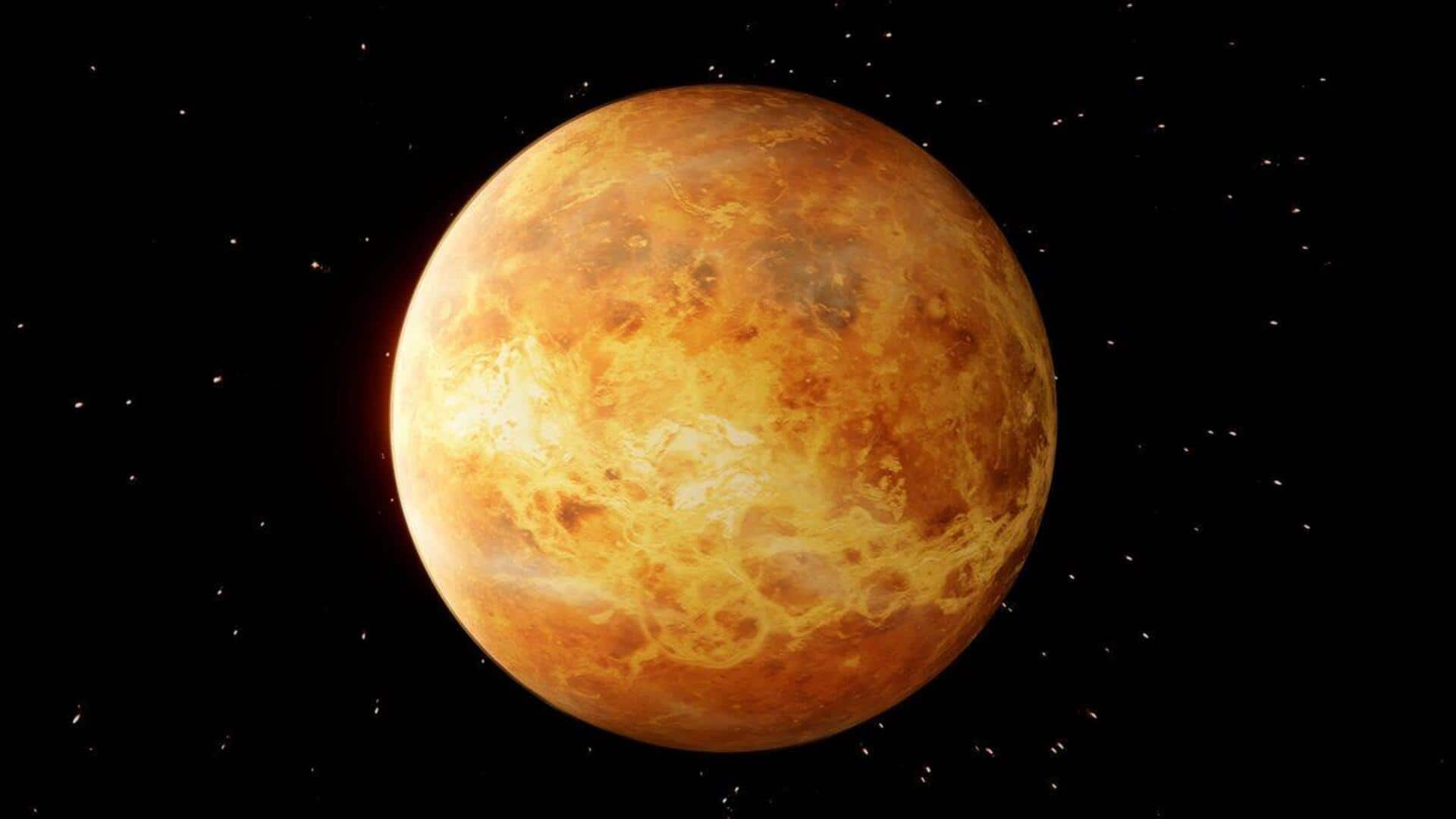
Venus to shine brightest this week: How to watch
What's the story
On April 24, Venus will shine brightest for observers on Earth until the next time in September 2026.
The planet, popularly called the "Morning Star," has been in this bright phase during early morning since March 22.
Before this, it appeared as a glowing body in the west just after sunset.
This transition happened during Venus's conjunction with the Sun, when it passed between Earth and Sun and briefly disappeared due to solar glare.
Orbital journey
Venus's brightness influenced by proximity to Earth
Back in February, Venus attained a brightness of -4.6 magnitude as the "Evening Star," its brightest phase during that time.
The latest increase in brightness comes as Venus nears Earth, zipping through its 225-day orbit around the Sun.
Despite being bright, Venus will be seen as a crescent with 23% illumination using a good-quality telescope on April 24.
Guide
How to see the 'smiley face'?
By May 24, Venus will be 45% illuminated and slightly less bright at -4.2 magnitude. However, it will still be easily identifiable in the sky throughout late April.
On April 25, an 8% illuminated crescent Moon will appear just below Venus, with Saturn also nearby.
This unusual alignment of celestial bodies will be best viewed looking eastward an hour before sunrise, when the "smiley face" pattern formed by these three bodies will be seen clearly.